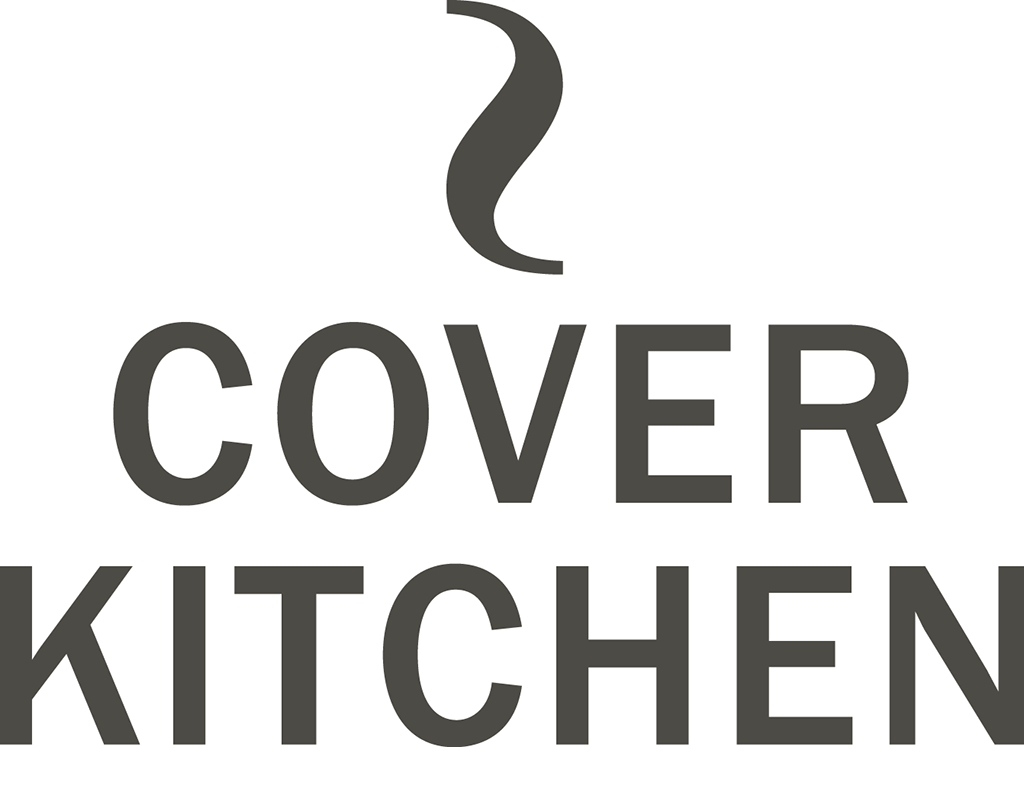THE IMPORTANCE OF A COVER BRIEF
Often underestimated and overlooked by authors, a cover design brief is one of the key ingredients in creating a successful book cover; one that encapsulates the essence of a book and piques a reader’s interest.
In its simplest form, a design brief boils down the essence of your book into a concentrate from which our cover cooks can extract key visual elements and bring your book to life. Catalyzing a more efficient design process while ensuring you stay within budget, a design brief is a fundamental tool in the kitchen that conveys all the aspects of your book that our cover cooks need to know without having to read your full manuscript.
Despite common misconceptions, reading a book’s manuscript before designing the cover does not result in a better design and is, in most cases, unfeasible. A time-consuming and costly task, reading a book, particularly those with a high page count, can prompt delays and long deadlines for the submission of initial design concepts, as well as an increase in fees.
Why are design briefs important?
When creating a cover design, a designer needs to know which themes, visual elements, and details are most important to highlight, representing not just their artistic capabilities but the narrative and correct tone of the manuscript to attract target readers. Even if our cover cooks have read the manuscript, personal preferences, different interpretations of the text, the marketing angle, and other covers in the market can affect the design guidelines. A design brief allows them to quickly understand a book’s tone of voice as well as its target readers; making it a crucial tool that allows our cover cooks to comprehend a book without reading it and, ultimately, determine the quality, speed and success of the design process.
A design brief also dually serves as a contract and communication bridge between authors and our cover cooks; fostering trust and understanding and serving as an essential point of reference. By ensuring the most important design questions are considered and discussed, the design parameters and expectations of both parties are set before the design process begins. Clear communication between the author and our cover cooks is vital and prevents frustration with the process and produces a higher-quality cover design.
What makes an efficient design brief?
As an author, following months or even years of hard work and dedication to writing a book, ensuring all of the i’s have been dotted and all of the t’s have been crossed, it’s easy to assume that those around you are familiar with every detail of your book too. To help our cover cooks in their cover conceptualization, an efficient design brief should pinpoint and prioritize the key ingredients and themes that will shape the design.
Much more than a ‘simple first step’ in the design process, completing the cover brief helps reduce and distill the vast contents of a book. Many first-time authors may fear missing details from the story in their book’s cover, however, providing details that are not part of the book’s essence does not necessarily result in a better cover brief. Including too many details can result in our cover cooks being overwhelmed with information and making it more difficult to pinpoint the elements which could shape the cover; ultimately making the process less efficient.
Focusing on underlying themes, ideas, and concepts rather than the narrative itself allows our cover cooks to create a suitable design recipe; drawing on their expertise and knowledge of composition, genres, tones, visual impact, and clarity to take your ideas and refine them into a winning cover book design. Short excerpts may help to inspire ideas too, because often, as with a title, small ingredients may encapsulate the entire book.
If you’re ready to start preparing your ingredients and release the full flavor of your book, get in touch with the chef!
